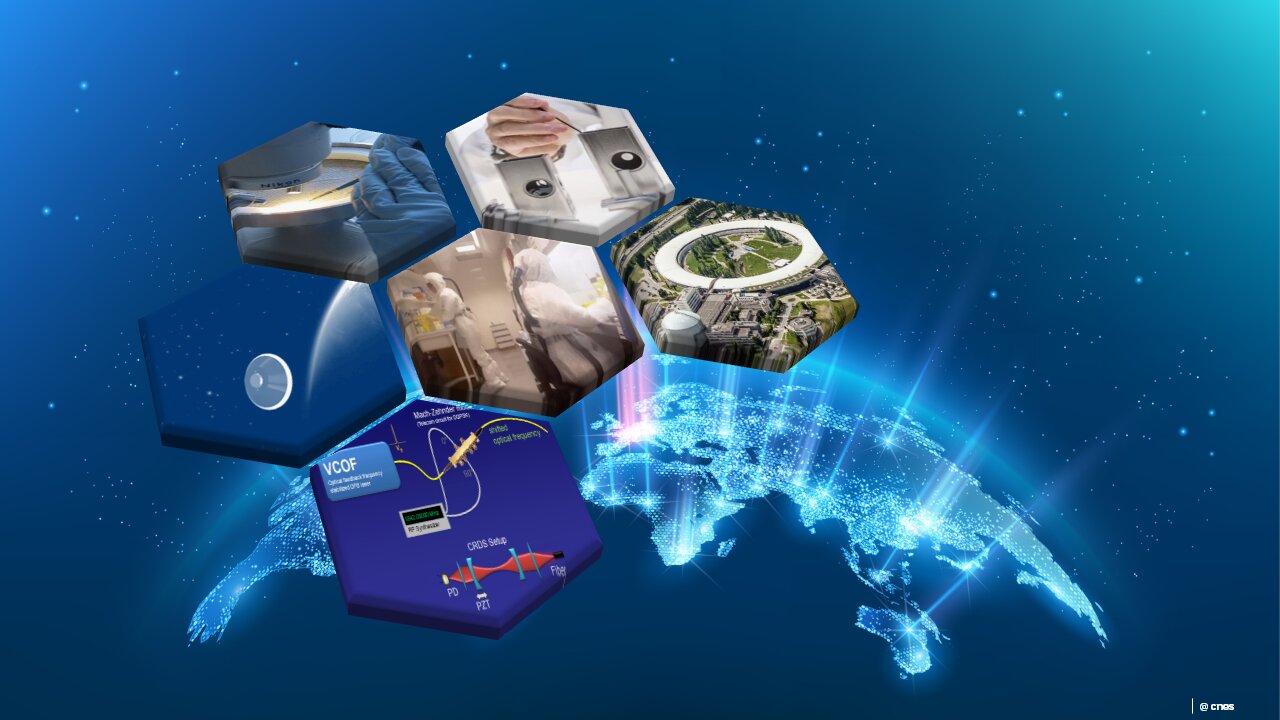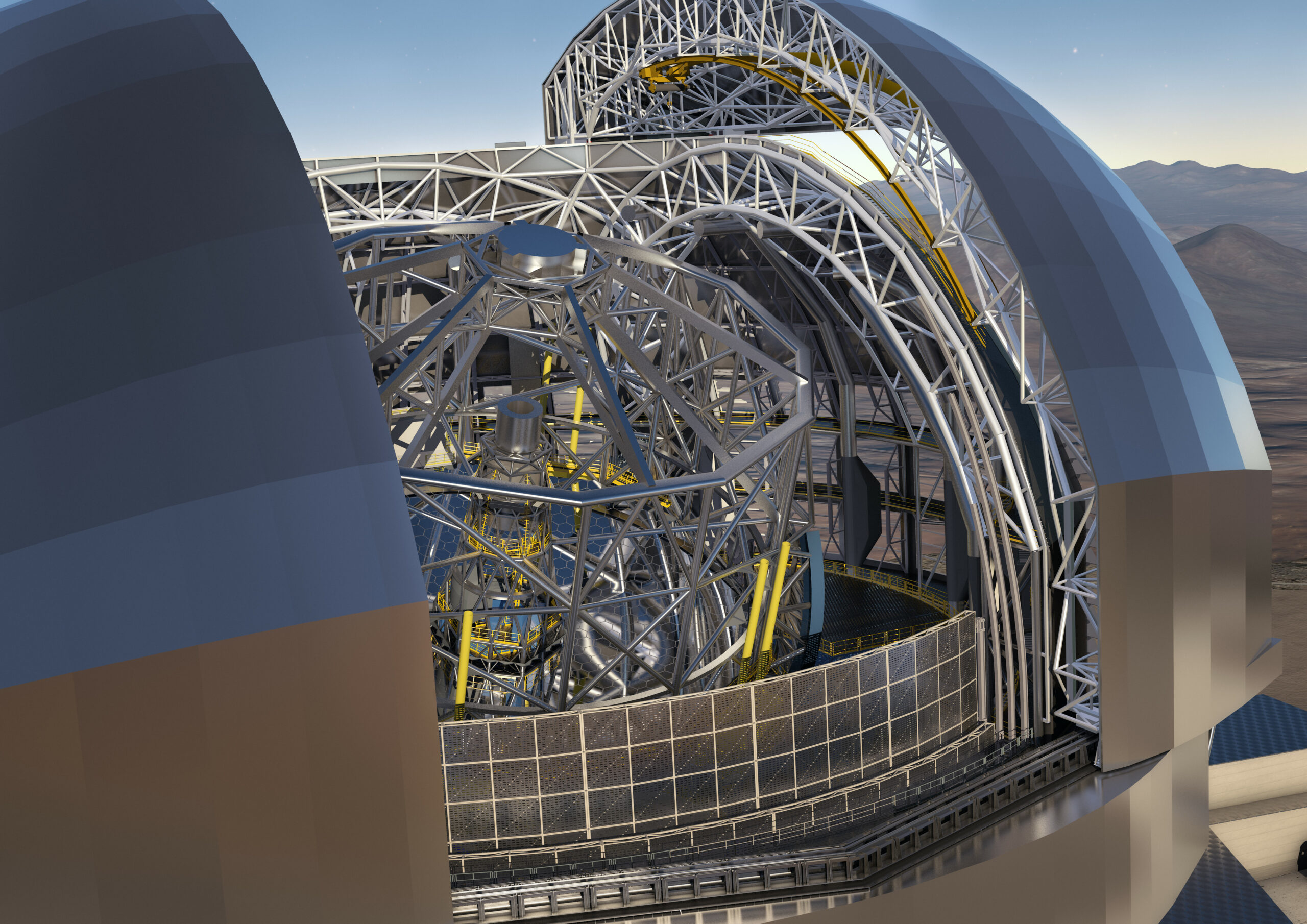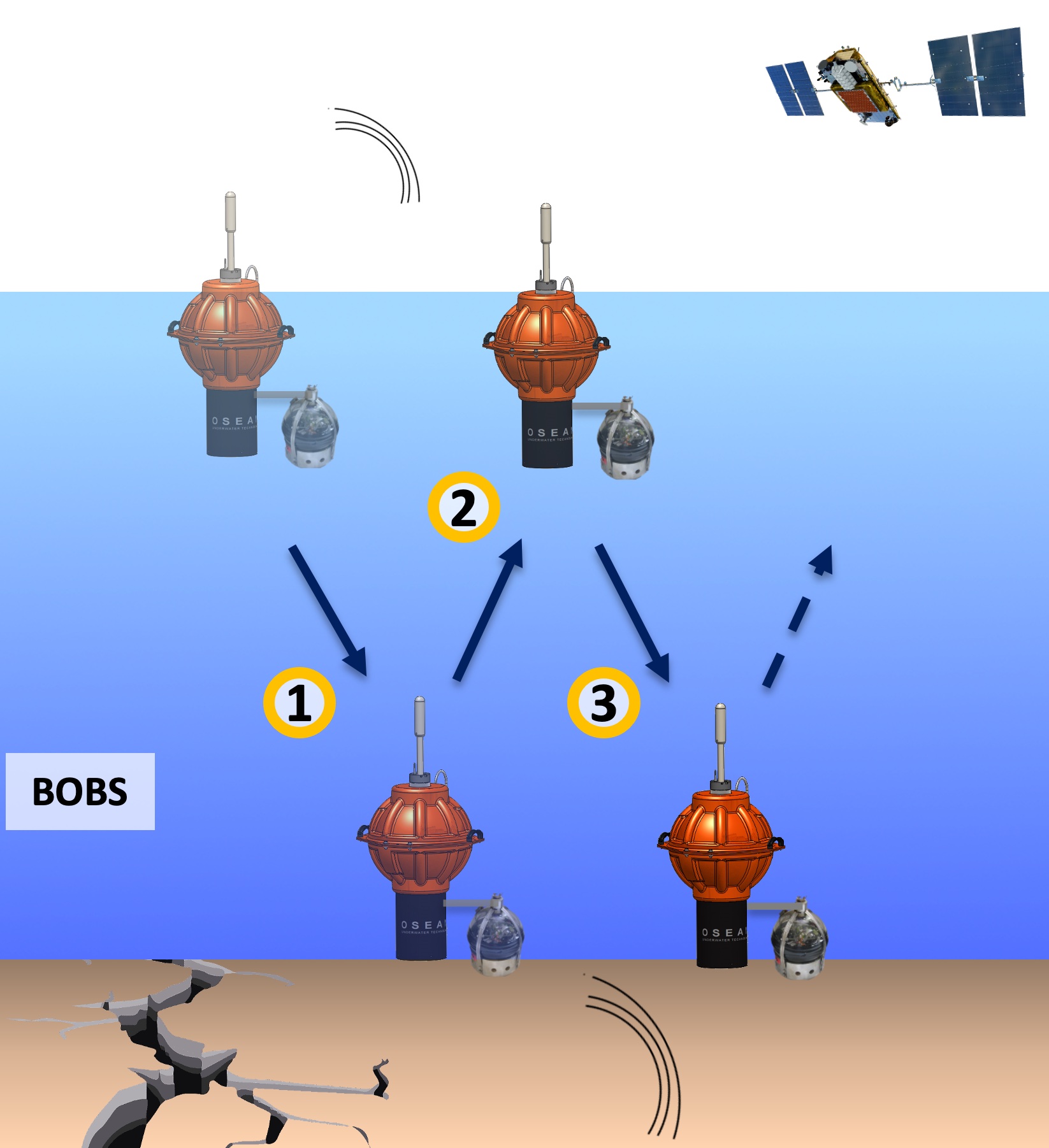
MARCUS
High-security handling of unknown terrestrial or extraterrestrial samples
Overview
Développer de nouvelles solutions d’ingénierie pour la manipulation, la conservation et la caractérisation d’échantillons inconnus sensibles sous confinement strict.
Christian MUSTIN, Docteur-Ingénieur, CNES Paris
Grégory NAVARRO, Ingénieur, chef de projet MARCUS, CNES Toulouse
The MARCUS project is designed to provide, in the short term, key equipment for the preliminary analysis or diagnosis of unknown samples (extraterrestrial or otherwise), requiring specialized storage facilities, containment, monitoring, handling or transport. MARCUS also aims at the agnostic detection of minute traces of energetic or metabolic activities of living systems in unknown solid samples from Earth or other planets or satellites (Mars, Europa…). This is a technical challenge of the utmost importance for the next decade.
MARCUS aims to develop the essential technological building blocks to provide future infrastructures with (i) capabilities for handling and analyzing solid and gaseous samples under strict confinement: controlled atmosphere (N2, Ar) and/or BSL-3/4), (ii) advanced control of ambient contamination and sample protection, and (iii) containers dedicated to packaging and transporting sensitive or hazardous materials to specific analysis facilities (platforms, synchrotrons…) and conservation facilities. This project will enable us to develop the instruments, protocols and skills needed to receive, preserve and characterize samples from the main space missions that have been completed (Hayabusa 2, Chang’e5), are in progress (MMX, MSR) or are in prospect (comets, icy satellites, etc.).
The project draws on existing expertise networks in France and Europe for biological risk assessment and agnostic detection of traces of biological activity: ERINHA (European network of P4 laboratories), Institut Pasteur. A collaboration with ESRF (European Synchrotron, Grenoble) is also being studied for the deployment of MARCUS systems in very large instruments (VLSI), to facilitate access and secure handling of sensitive or dangerous samples on high-energy light or neutron lines. At the same time, this project initiates a discussion/cooperation framework with ESA and NASA on a French technical contribution to the development and management of terrestrial or lunar infrastructures for the reception/curation of sensitive samples that could eventually accommodate MARCUS systems.
Keywords : Containment, quarantine, curation, non-destructive analysis, real-time monitoring, secure mini-container, BSL3/4 compatibility
Our objectives
Our actions
Facilitate the storage, management and preparation of sensitive gaseous and solid samples Ensure the highest level of protection for these critical samples.
MARCUS-C
[Confinement & Curation]
Develop a controlled-atmosphere containment system compatible with the usual architecture of high-security or curation laboratories
Improving non-destructive analysis of sensitive samples during containment.
MARCUS-C
[Confinement & Curation]
Developing gas cylinders for pre-characterization of samples before they are released from containment
Monitor gaseous or organic contamination in a confined space in real time.
MARCUS-S[Spectroscopie]
Develop a new optical detector (disposable or sterilizable) that can be integrated into confined spaces
Lower the detection limit of simple volatile molecules and detect isotopic anomalies, traces of contamination or the presence of biological activity markers.
MARCUS-S
[Spectroscopie]
Development of an ultra-sensitive resonant cavity spectrometer in the TeraHertz frequency range
Do not break the chain of absolute containment when outsourcing analysis activities.
MARCUS-S
[Spectroscopie]
Qualify QESA miniaturized protective enclosures and versatile transport containers
Certify contamination and biohazard detection measurements.
MARCUS-AIT
[Assemblage, Intégration et Test]
Produce reference analogues for the identification of biological activities and contaminations
Check the integration and interfacing of the technological building blocks developed.
MARCUS-AIT
[Assemblage, Intégration et Test]
Qualify equipment developed for sensitive samples presenting a real biological risk
The Consortium
CNES, CNRS, MNHN, IPGP, Institut Pasteur et Ecole Normale Supérieure de Lyon
Scientific expectations
This technical action is central to the positioning of France and its scientific community for the operation of sample return space missions for decades to come. It integrates technological building blocks (some of which are already under development within the CNES R&T framework) as well as biological risk diagnostic capabilities developed at the Institut Pasteur within a public health regulatory framework. MARCUS’ return on investment and long-term viability depend on the secure management and long-term conservation in France of unique terrestrial samples or samples from celestial bodies: asteroids, comets, the Moon or, in the longer term, Phobos, Mars, Enceladus or Europe.
Societal impacts
MARCUS stimulates innovation for applications beyond space, exobiology and planetology. The versatility/adaptability of MARCUS devices is also of interest in other fields, such as integrated health and CBRN risks, for experiments on unknown terrestrial materials. MARCUS is also a technical response to the quarantine procedures that will be applied to the return of extraterrestrial samples. Managing the potential risks to the Earth’s biosphere (biohazard) from the handling of a priori unknown samples is a sensitive issue for planetary protection, citizens and political decision-makers alike.
Skills development
A community of 20 multi-disciplinary researchers, teacher-researchers and engineers:
6 post-docs or contract engineers and 1 technical assistant
Consortium location
Paris (MNHN/CNRS/SU, IPGP, Institut Pasteur), Lyon (ENS-LGL), Rennes (Institut FOTON) et Grenoble (LIPhy, ISTerre)


